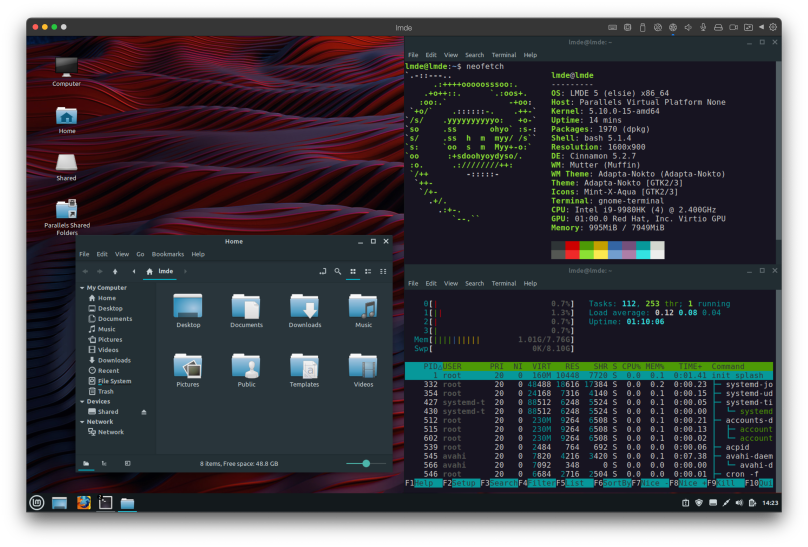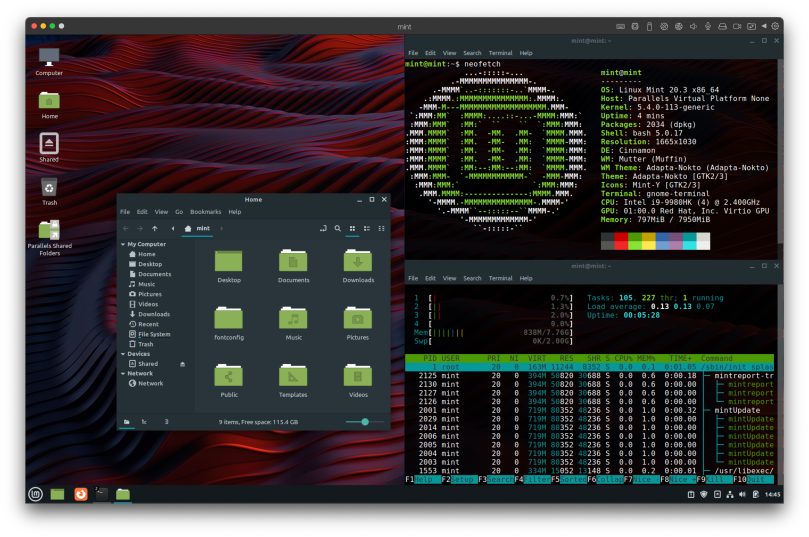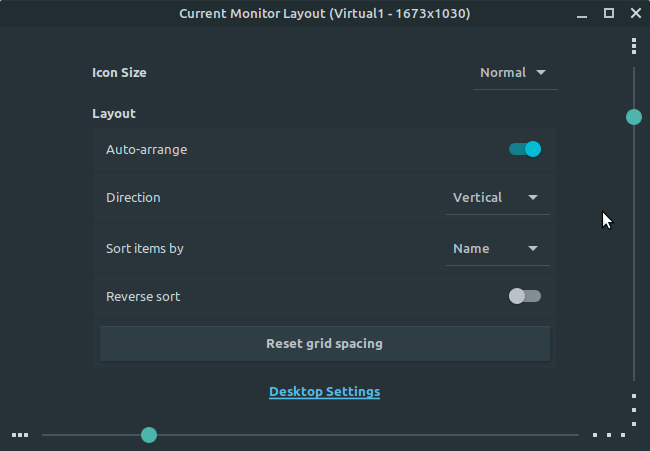While researching all the various distributions, I came across multiple references for LMDE, or Linux Mint Debian Edition. I’d heard of it years ago but never tried it out. I wasn’t a Debian fan, but Ubuntu. I felt that if I was experimenting with the latest releases for distributions such as Arch, I might as well try out LMDE 5.

And I have. I’m impressed with the overall smoothness and performance of LMDE just as I am with Arch. I already have Linux Mint Cinnamon 20.3 in a VM. When I do a quick side-by-side comparison they’re almost identical. There are, however, some odd differences. For example, LMDE 5 is built against Debian Bullseye, or Debian 11. This is the same baseline currently used with Raspberry Pi OS (formerly Raspbian) on 64-bit Raspberry Pies, and it’s now used inside of Linux containers on my Lenovo Chromebook. When I’m working in a shell on my Chromebook it’s in a Bullseye environment. It’s use in LMDE 5 is quite satisfying to me.
Interestingly enough when I compare regular Ubuntu-based Mint Linux to LMDE I notice that many of its software packages are behind LMDE 5.

Just in neofetch alone you can see that regular Linux Mint’s kernel and bash shell versions are behind LMDE. Other tools such as gcc and python are a full release more current in LMDE. Now I note that these tools in LMDE are still behind the same tools in Fedora 36 or openSUSE Tumbleweed, but they’re current enough for my use. If it were me making a decision as to which version of Linux Mint to install and use, I’d chose LMDE in a cold New York minute.
Perhaps the Linux Mint organization can make a clean switch to LMDE in the future. I believe Linux Mint would benefit greatly.




You must be logged in to post a comment.